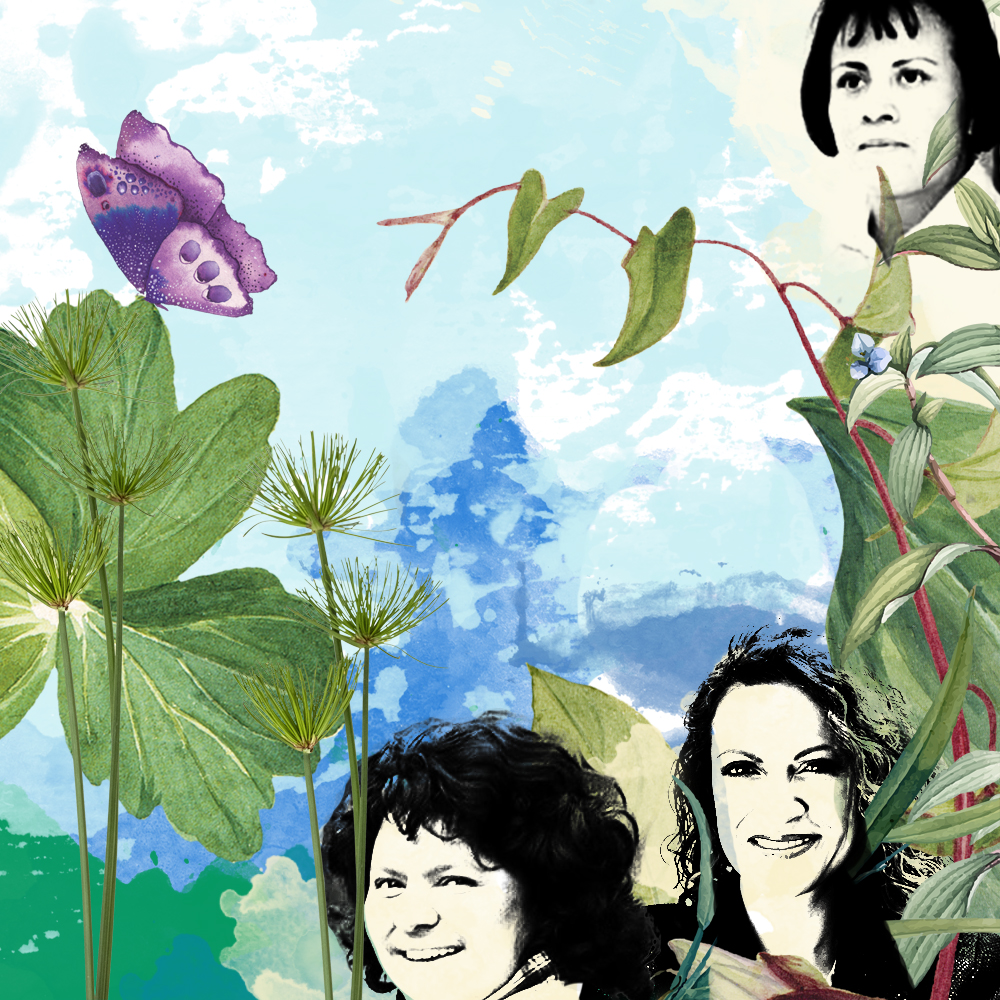






Without tackling gendered threats, some defenders will be left behind. We are working to make sure that does not happen.
They say if you want to know the stories of the world, you need to look to a woman, for she embodies them. From Maria da Penha in Brazil to Berta Caceres in Honduras, Digna Ochoa in Mexico to Jineth Bedoya in Colombia, we have stood together with women across the region who embody our stories.
Our litigation efforts seek a hopeful future for all women in the countries where we work. Working closely with women, we have seen the additional problems they face when it comes to defending human rights, facing threats and impunity.
Women Human Rights Defenders (WHRD) face additional threats because they live in a context where they are in a position of inequality in relation to men. Not only are they subject to the same types of risks as other HRDs, but they face gender-specific risks; they may also face intersectional risks based on race, age, and other factors. This leads to discrimination, sexual violence and other forms of gender-based violence.
Are threats gendered?
In a survey we conducted, WHRDs reported being threatened on social media platforms more frequently than men (28.3% of WHRDs compared to 23.3% of male HRDs). The data from women defenders and journalists shows the gendered impacts of speaking up. Whether online or offline, women often face additional violence and threats such as gender stereotypes, prejudice, gendered impunity, particularly when they are perceived to be challenging traditional gender norms and deeply entrenched notions of their roles in society.
The case of Digna Ochoa, which after almost 20 years will be heard at the Inter-American Court this week, is an emblematic example of gendered stigmatization and threats against WHRDs. Digna Ochoa, an activist for the defense of human rights in Mexico, was assassinated on October 19th, 2001.
In the years before her assassination, the activist endured threats and kidnappings as a consequence of her work. The botched investigation plagued by gendered stereotypes resulted in impunity and the continuing shadow of allegations of instability and suicide, on her public image.
Ochoa’s case will set an important precedent in the establishment of international standards for criminal investigations of cases of female human rights defenders and the repercussions that these have on access to justice and truth.
What does the future look like?
In response to the generalized impunity surrounding threats against human rights defenders, CEJIL is constructing The Esperanza Protocol in order to strengthen public policies and criminal investigations of threats and attacks against HRDs. A central piece of this effort is making sure that gender is considered and included in the guidelines and tools given to governments. For example, governments should implement comprehensive training for police investigators and prosecutors to prevent gender stereotypes from influencing investigations.
We are working closely with hundreds of WHRD and experts to make sure that gendered threats, discrimination, stereotypes, and their consequences on dignity and impunity are comprehensively addressed.
The Protocol seeks to buttress the development of national, regional, and international policies to address threats against HRDs and fight against impunity, guaranteeing that there is #Hope4Defenders across the globe now and in the future.
Help us continue this critical and urgent work with a donation!
DONATE NOW